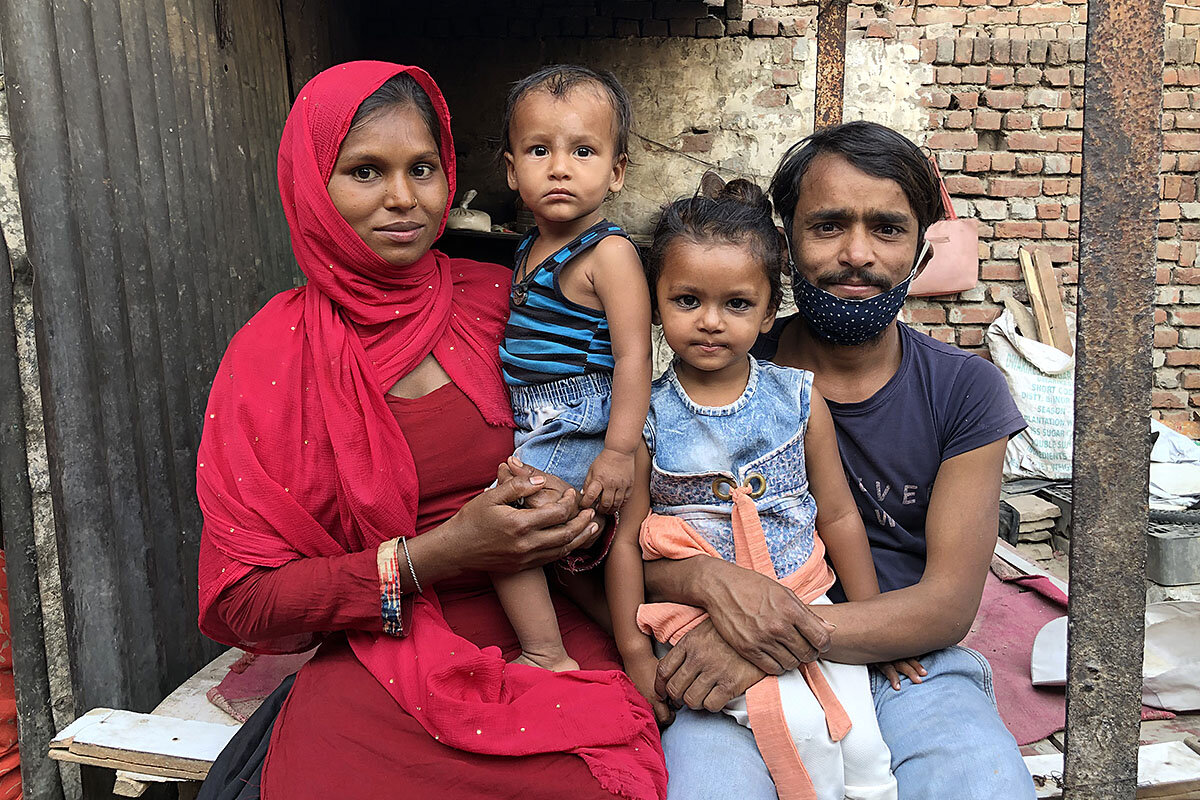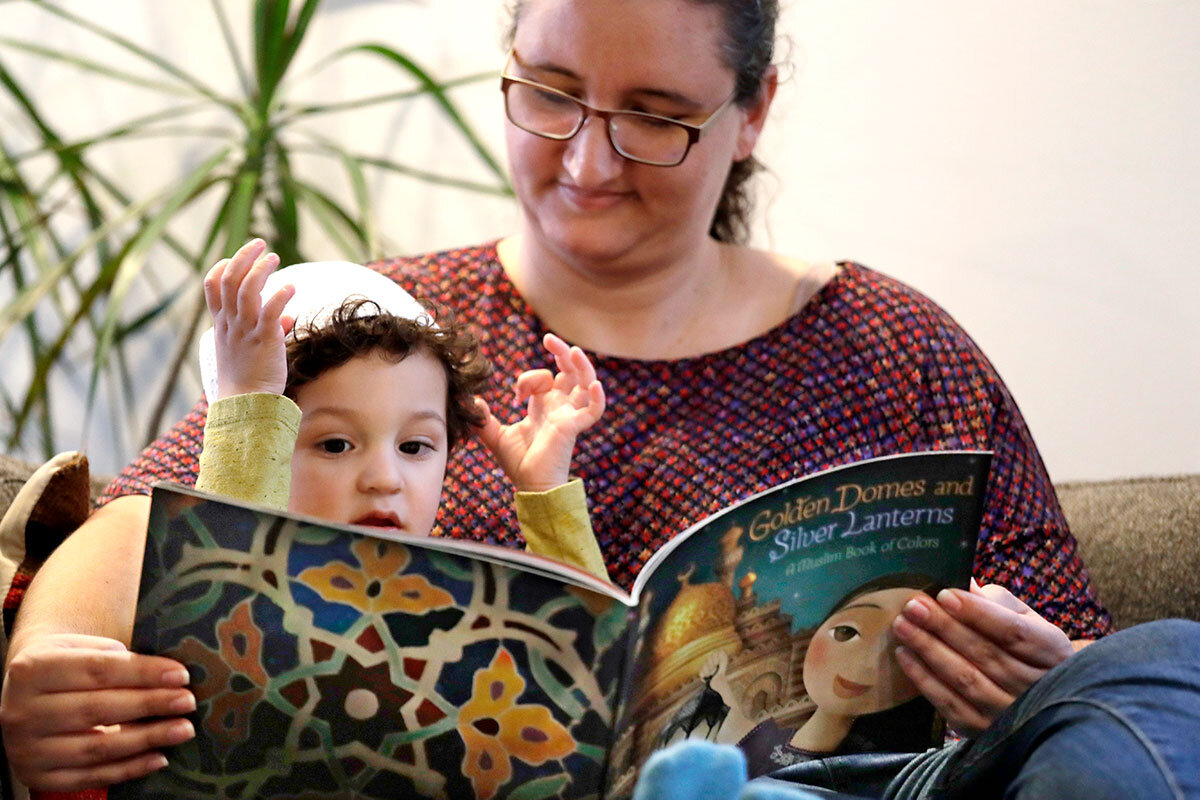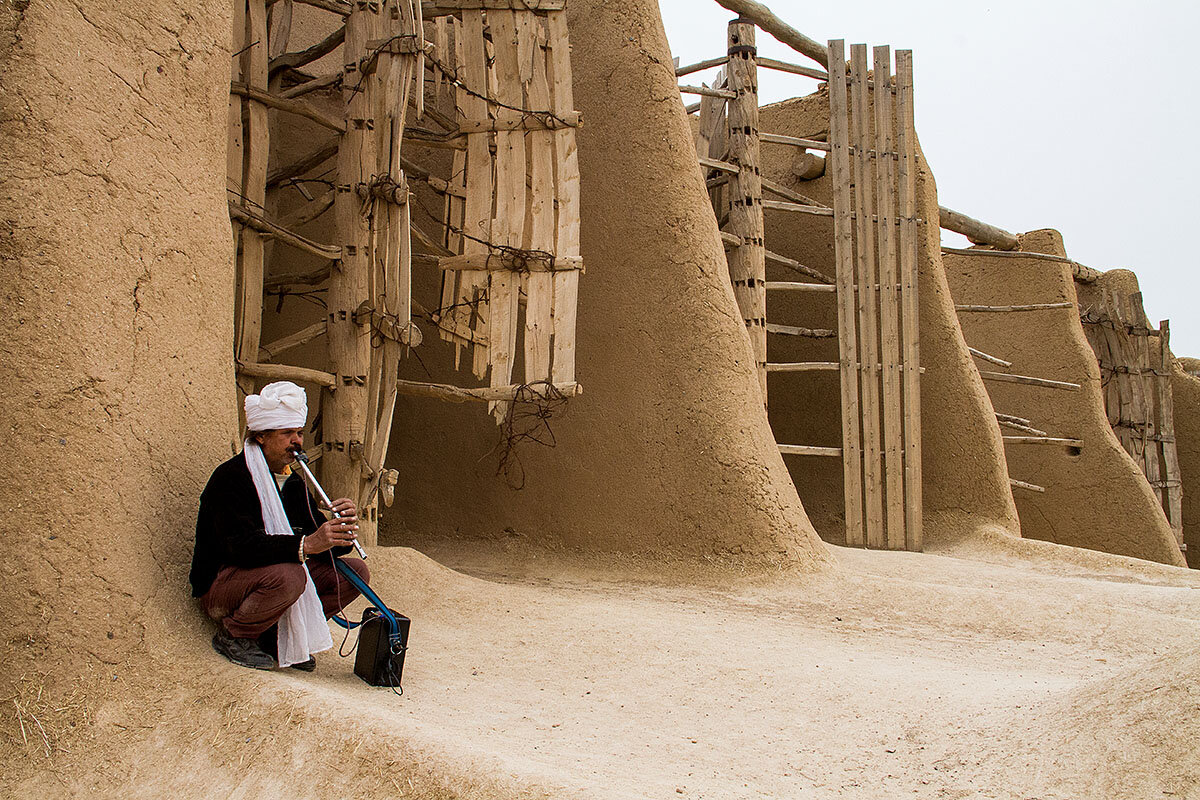Growing hunger in wealthy nations doesn’t compare to the famine expected in the developing world, the United Nations’ top food official warns. Wealthier nations are chipping in to help – but a strategic coming together on a global level will be crucial.
Monitor Daily Podcast
- Follow us:
- Apple Podcasts
- Spotify
- RSS Feed
- Download
 Linda Feldmann
Linda Feldmann
Today we look at those experiencing food insecurity for the first time, the Afghan maternity ward massacre, an Irish outpouring for the Navajo, virtual Sunday school, and engaging online with museums and theaters. First, some thoughts on remembrance.
I have long been a reader of obituaries, which I see as celebrations of life, albeit with some sadness. There have been far too many lately, but along the way, I’ve “met” some amazing people. I’ve also gotten to thinking about those tasked with suddenly having to portray the meaning of a life at a very difficult moment.
Yesterday’s Washington Post featured an article about a famous Chinese American writer I had never heard of, who recently died. The headline hinted at the remarkable story to follow: “Battered by upheaval, novelist Yu Lihua told raw stories from a speckled blue desk.”
We learn of a childhood wound, university rejections, and how tough she was on her children, including Post reporter Lena Sun, who, it so happens, is covering the pandemic. But Ms. Yu persisted, and led a full life – teaching, writing, raising a family.
She published more than two dozen books, read mostly by Chinese speakers, in writing that spanned 75 years. But it’s the details that make the story pop: the Shake ’n Bake chicken dinners, her “mah-jongg mafia,” that time she smeared peanut butter across the TV screen.
Kudos to the writer, normally a transportation reporter, who got input from Ms. Yu’s children and grandchildren to paint an endearing portrait. Many papers are pulling reporters from other beats into writing about those struck down by COVID-19. It’s a sad sign of the times, but the art of remembrance is still a craft worth celebrating.
My writer friend Laura Akgulian recalls the time she was asked to write up the life of a friend who died suddenly.
“I had to get VERY quiet to sift through a lifetime of remembrances to try, in a few short sentences, to encapsulate her essence,” Ms. Akgulian writes in an email. “Each of us, jewel-like, contains so many facets ... and yes, it felt like a singular honor to be entrusted with another’s life story.”










